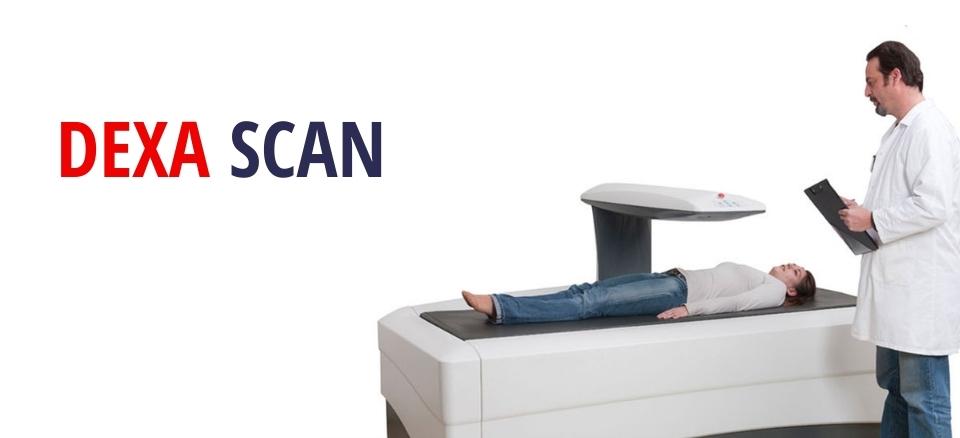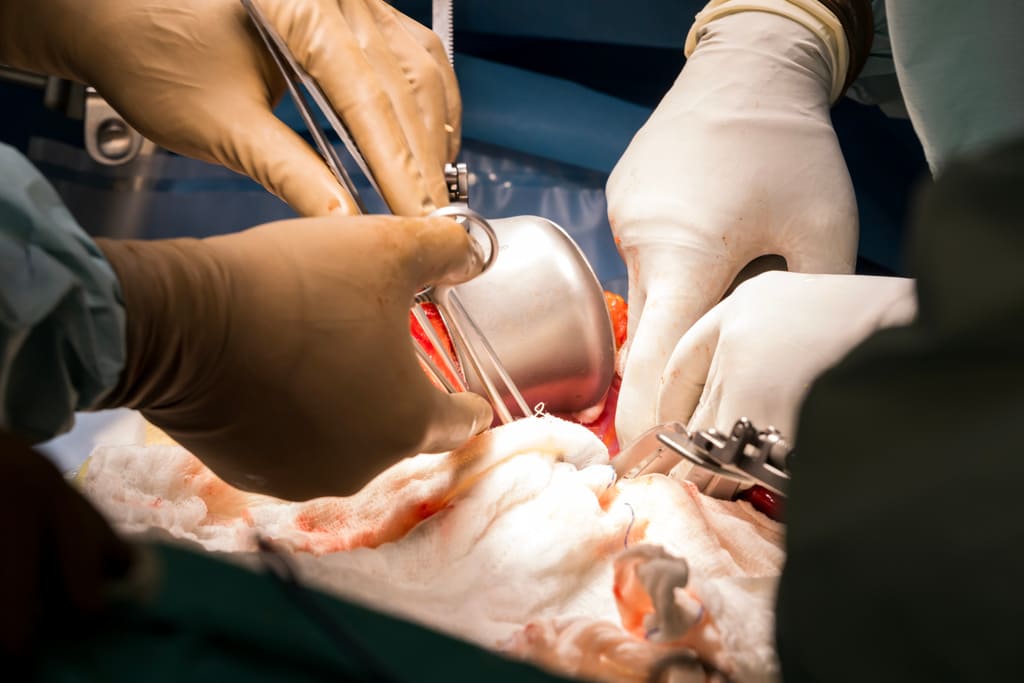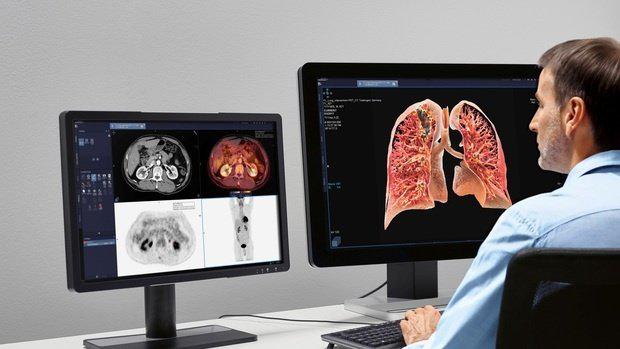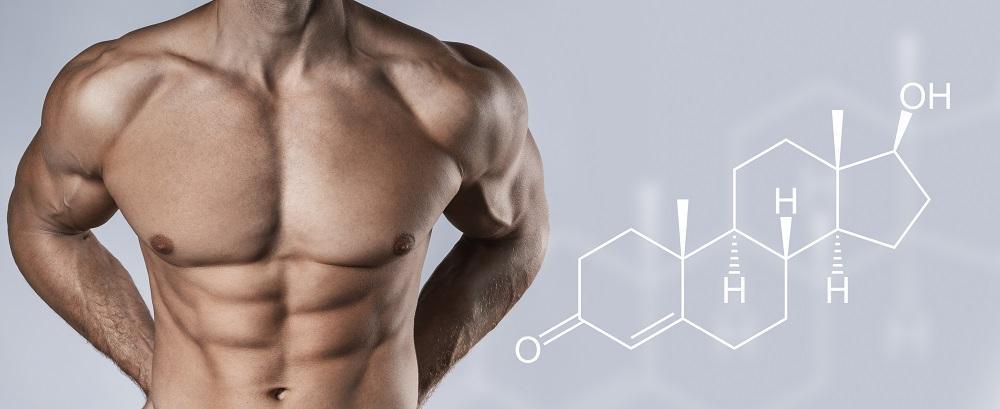In a world where health and fitness are becoming paramount, the need for accurate and reliable medical diagnostics has never been greater. Among the most advanced tools available today is the Dexa scan, a powerful imaging technique that provides unparalleled insights into bone density, body composition, and overall health. This article delves into the significance of Dexa scans, exploring their benefits, applications, and what to expect during the procedure.
What is a Dexa Scan?
A Dexa scan, or Dual-Energy X-ray Absorptiometry, is a specialized medical imaging technique used primarily to measure bone mineral density (BMD). It utilizes two X-ray beams with different energy levels to create a detailed image of the body’s bone structure. The scan is particularly useful in diagnosing conditions like osteoporosis and assessing fracture risk.
Beyond bone density, Dexa scans can also analyze body composition, providing precise data on fat and muscle mass distribution. This makes it an invaluable tool for athletes, individuals managing weight, and those monitoring their health over time.
The Importance of Bone Health
Bone health is a critical component of overall well-being, yet it is often overlooked until issues arise. As we age, bones naturally lose density, making them more susceptible to fractures and conditions like osteoporosis. Women, in particular, are at a higher risk of developing osteoporosis, especially post-menopause, due to hormonal changes that affect bone density.
Regular monitoring of bone health through Dexa scans can help detect early signs of bone density loss, enabling timely intervention. This can include lifestyle changes, dietary adjustments, and, in some cases, medication to strengthen bones and reduce the risk of fractures.
How Does a Dexa Scan Work?
During a Dexa scan, the patient lies on a padded table while a scanning arm passes over the body. The scan is quick, painless, and non-invasive, typically taking about 10-20 minutes. The low-dose X-rays emitted during the scan are absorbed differently by bones and soft tissues, allowing the machine to calculate bone density and body composition with high accuracy.
The results are displayed as a T-score, which compares the patient’s bone density to that of a healthy young adult of the same sex. A score above -1 is considered normal, while a score between -1 and -2.5 indicates osteopenia (low bone mass). A score below -2.5 suggests osteoporosis.
Applications of Dexa Scans
1. Osteoporosis Diagnosis and Management
- Early Detection: Dexa scans are the gold standard for diagnosing osteoporosis. Early detection allows for prompt intervention, which can prevent fractures and other complications.
- Treatment Monitoring: Patients undergoing treatment for osteoporosis can use Dexa scans to monitor the effectiveness of their therapy, ensuring that bone density is improving or stabilizing.
2. Body Composition Analysis
- Athletic Performance: Athletes use Dexa scans to assess their muscle mass and fat distribution, helping them optimize their training and performance.
- Weight Management: Individuals looking to lose weight or gain muscle can benefit from regular Dexa scans to track changes in body composition, ensuring they are losing fat and not muscle.
3. Research and Clinical Trials
- Medical Research: Dexa scans are widely used in clinical research to study bone health, the effects of various treatments, and the relationship between body composition and disease.
Preparing for a Dexa Scan
Preparation for a Dexa scan is straightforward. Patients should avoid taking calcium supplements for at least 24 hours before the scan, as they can affect the results. It’s also advisable to wear loose, comfortable clothing without metal zippers or buttons, as metal can interfere with the scan’s accuracy.
Patients should inform their healthcare provider if they are pregnant or have recently undergone a barium exam or had any other type of X-ray, as these factors can influence the scheduling and interpretation of the Dexa scan.
Understanding Your Dexa Scan Results
Interpreting Dexa scan results involves understanding the T-score and Z-score. As mentioned earlier, the T-score compares your bone density to a young, healthy adult. The Z-score, on the other hand, compares your bone density to others of your age, sex, and body size. While the T-score is more commonly used to diagnose osteoporosis, the Z-score can be helpful in identifying bone density issues in younger individuals or those with secondary causes of osteoporosis.
If your results indicate low bone density, your healthcare provider may recommend a combination of lifestyle changes, dietary adjustments (such as increasing calcium and vitamin D intake), weight-bearing exercises, and possibly medication to improve bone health.
Conclusion
Dexa scans are a powerful tool in the fight against osteoporosis and in maintaining optimal health. By providing precise and reliable data on bone density and body composition, Dexa scans enable individuals and healthcare providers to make informed decisions about health management. Whether you’re an athlete, someone managing your weight, or simply proactive about your health, a Dexa scan can offer invaluable insights.
Frequently Asked Questions (FAQs)
1. How often should I get a Dexa scan?
For most individuals, a Dexa scan is recommended every two years, especially for postmenopausal women or individuals with risk factors for osteoporosis. However, your healthcare provider may suggest more frequent scans if you’re undergoing treatment for osteoporosis or other bone-related conditions.
2. Is a Dexa scan safe?
Yes, Dexa scans are safe and use very low levels of radiation, much less than a standard chest X-ray. The benefits of detecting bone density issues far outweigh the minimal risk associated with the scan.
3. Can men benefit from Dexa scans?
Absolutely. While osteoporosis is more common in women, men can also experience bone density loss as they age. Dexa scans can help monitor bone health in men and guide preventive measures.
4. What should I do if my Dexa scan shows low bone density?
If your scan indicates low bone density, it’s important to consult with your healthcare provider. They may recommend lifestyle changes, dietary adjustments, and possibly medications to help improve bone health and reduce the risk of fractures.
5. Can I eat before a Dexa scan?
Yes, you can eat normally before a Dexa scan. However, it’s recommended to avoid taking calcium supplements for at least 24 hours prior to the scan to ensure accurate results.




